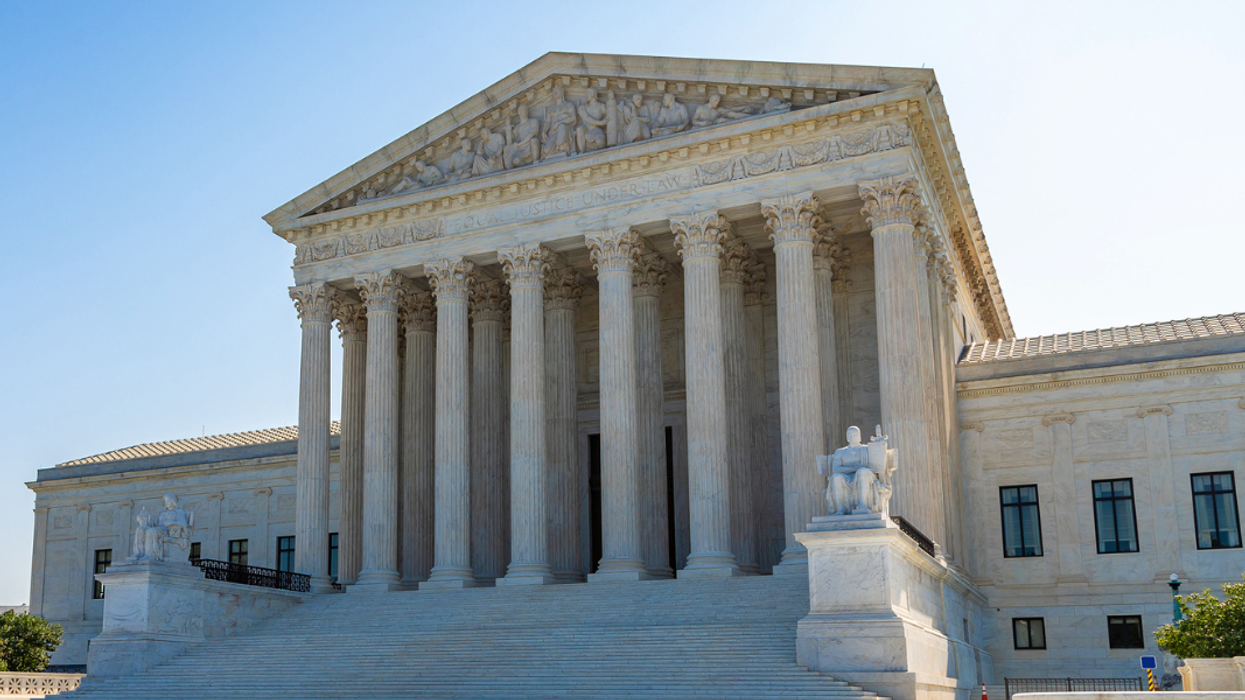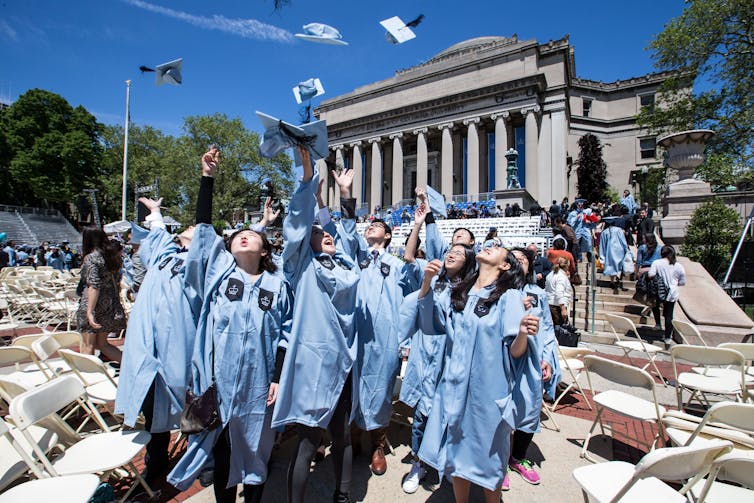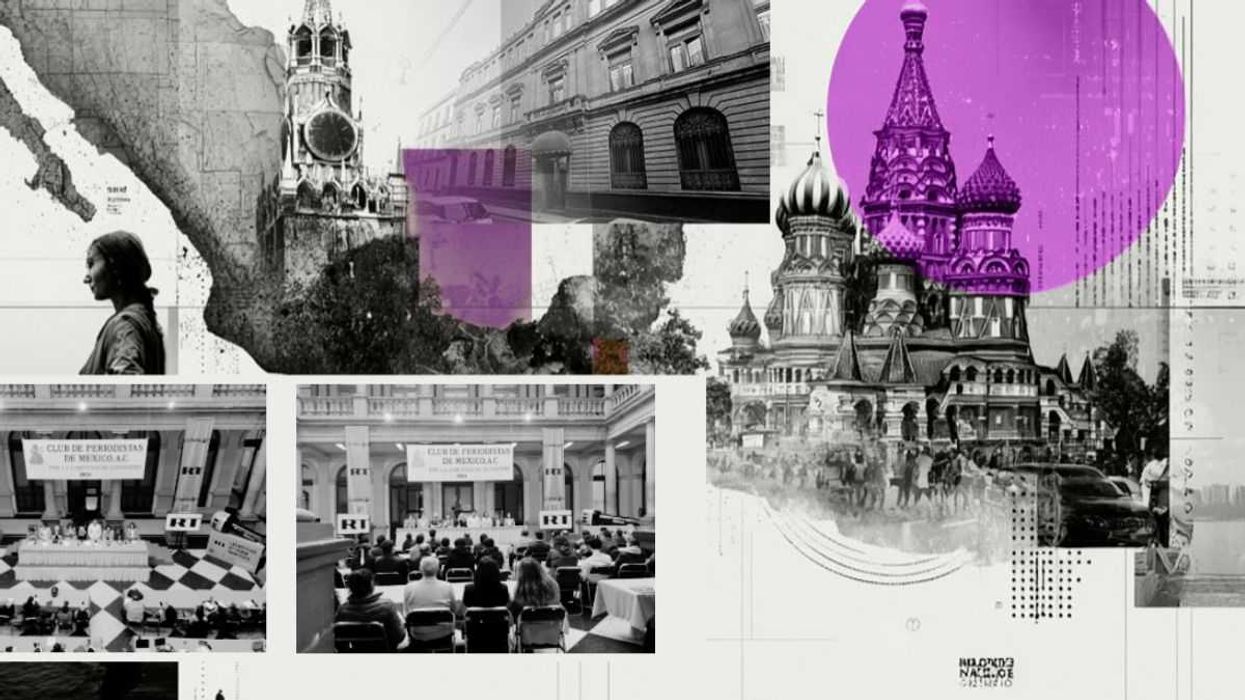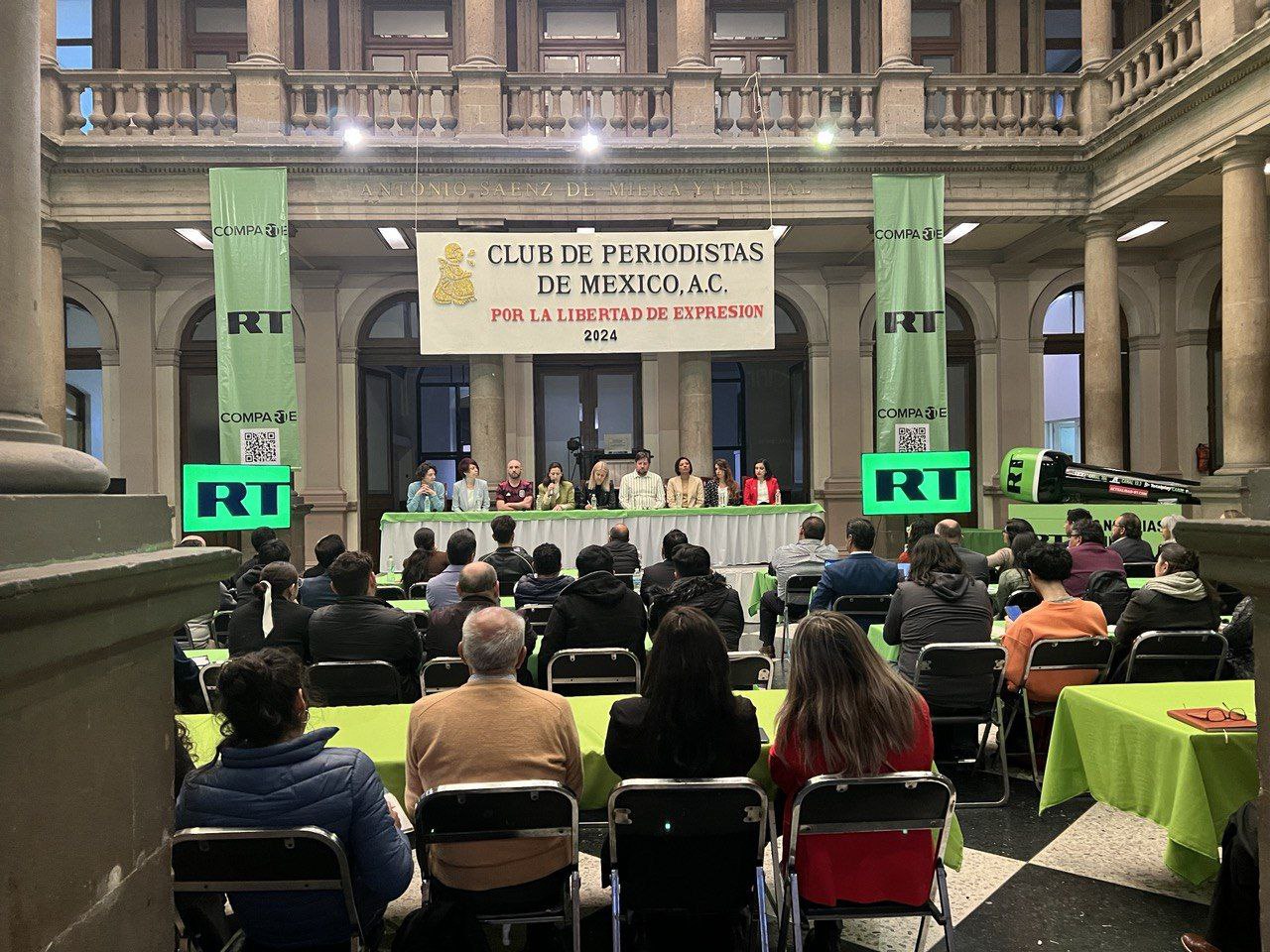Goldstone is the author of the forthcoming "Not White Enough: The Long Shameful Road to Japanese American Internment."
In a recent Washington Post opinion piece, Ruth Marcus castigated the Supreme Court’s conservative majority for allowing their originalist legal philosophy to contribute to the “insane state of Second Amendment law” by ruling in New York State Rifle & Pistol Association v. Bruen that “ordinary, law-abiding citizens have a right to carry handguns publicly for their self-defense.”
While Marcus is correct that Second Amendment law is currently too absurd for even Samuel Beckett, she errs in pinning the blame on originalism, or in fact on any body of legal theory. The justices did not rule the way they did in Bruen, or its predecessor District of Columbia v. Heller, or in Dobbs v. Jackson Women's Health Organization or Citizens United for that matter, to adhere to deeply held views of law and justice, but rather because of a political agenda into which legal philosophy was shoe-horned to fit.
Court critics make a grievous error by turning these outlandish and contrived legal constructions into debate topics for law school seminars. It masks the true problem with the federal court system in general and the Supreme Court in particular—they have evolved into a political body, a government within a government, accountable to no one, either in Congress, the presidency, or among the citizenry.
By not attacking this question straight on, pundits and legal scholars have allowed the justices to equivocate their way past the issue. Their straight-faced denials begin at confirmation hearings, which have become a glorified reality show, sort of “The Real Judges of Capitol Hill.” As Senator Charles Grassley observed during Samuel Alito’s confirmation, with either a wink and a nod or stunning naivete, “Like Chief Justice Roberts, it appears that Judge Alito tries to act like an umpire, calling the balls and strikes, rather than advocating a particular outcome.” Vast swathes of Americans, many with unwanted pregnancies, should feel extremely distressed that Justice Alito has been allowed to umpire a game in which they have been forced to play. Then there is Brett Kavanaugh, who called Roe v. Wade “settled law” in the same hearings in which he assured senators that he only occasionally had a beer or two. Finally, of course, there is Clarence Thomas, who happily played the race card, calling his hearings “a high-tech lynching,” before going on at every opportunity to rule against the same racial preferencing from which he had benefited his entire career.
High school students used to be taught in civics class—when there was a civics class—that there were “two political branches of government” from which the third, the judiciary, stood apart. It was not true then and it is less so now.
The Court has put its political agenda ahead of the law many times in American history to devastating effect, none more so than at the end of the nineteenth century, when, in a series of atrocious decisions, the justices disemboweled both the Fourteenth and Fifteenth Amendments, leaving them unable to offer the protections to Black Americans for which they had been created in the first place.
In one especially egregious example, in 1874, Associate Justice Joseph P. Bradley took on the Fifteenth Amendment, which had been drafted specifically to guarantee voting rights to Black Americans. But Bradley concluded the amendment, “confers no right to vote. That is the exclusive prerogative of the states. It does confer a right not to be excluded from voting by reason of race, color or previous condition of servitude, and this is all the right that Congress can enforce.”
Bradley’s linguistic tap dance was precisely what equal rights advocates had feared, and it totally changed both the amendment’s meaning and its potential as a tool for the federal government to protect Black voters. Under Bradley’s definition, if an African American was threatened, beaten, and his house burned to the ground in order to terrorize him into not voting, and the state refused to prosecute the offenders, the federal government could do nothing unless the victim could prove that the actions were motivated only by race.
Bradley had thus transferred the burden of proof from the state to demonstrate it had not discriminated to the individual whose right to vote had been denied to demonstrate that it had. That task was difficult enough, but had the potential, which was fully realized, to become virtually impossible depending on the standard of proof the Court would require. Bradley’s opinion and a number of others, most notably Oliver Wendell Holmes’s in Giles v. Harris in 1903, ushered in decades of almost total voter suppression and the horrors of Jim Crow.
The impetus for Bradley’s opinion, and the others that robbed Black Americans of their constitutional rights, was simple. White America, including white Supreme Court justices, did not want Black citizens on equal footing, and if the law and even the Constitution said different, then the law and Constitution must be overruled.
And so, in a series of decisions spanning almost three decades, the Supreme Court announced that it considered popular will and its own notions of racial hierarchy more compelling than the promise of equality under the Constitution. On the altar of strict adherence to the law, they ruled time and again to deny fundamental rights to Black Americans and rewrote Constitutional amendments to suit white America’s racial attitudes.
Americans today face the same dictatorial rule from unelected ideologues serving for life—although they should not be—who are immune from oversight. As “Brutus” wrote in 1788, opposing ratification of the Constitution, “the opinions of the supreme court, whatever they may be, will have the force of law; because there is no power provided in the constitution, that can correct their errors, or control their adjudications. From this court there is no appeal.”
Then as now, the Court did not render its decisions to conform to the law but rather contorted the law to conform to its decisions. The real problem with judges who claim to be “originalists” is that originalism is not so much a legal philosophy as a construct to allow its adherents to pass off personal prejudice as law.
Conservatives have decried the accusation that among the current roster of justices are those who are merely “politicians in robes.” They are correct. Politicians are far less powerful.


























